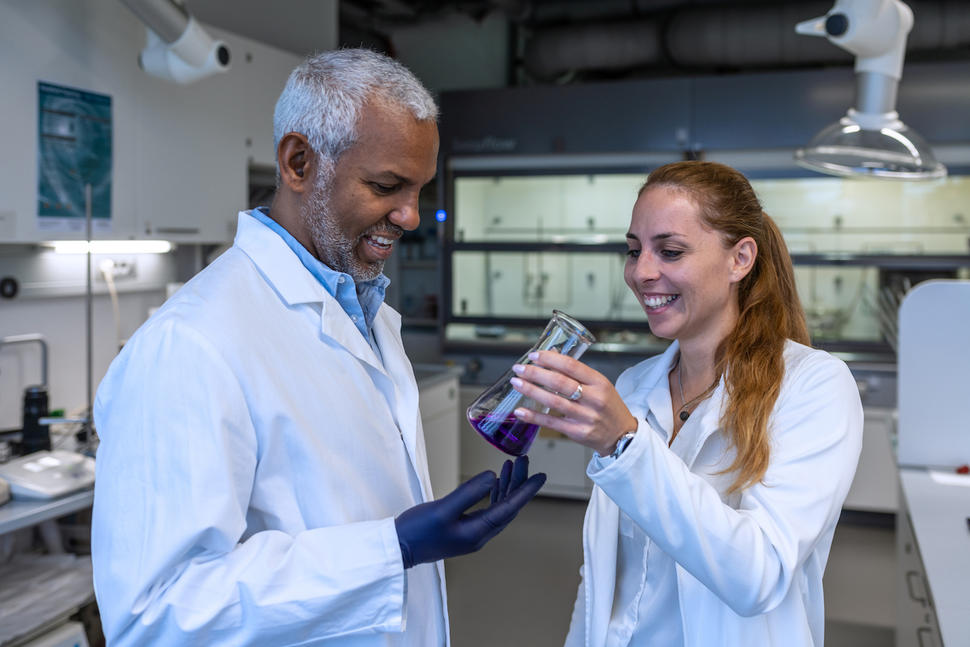Transactional Agreements Summary
| Agreements | Purpose | Benefits and Limitations |
|---|---|---|
| Confidential Disclosure Agreement (CDA) | Permits the transfer or exchange of proprietary information between NIH and universities, state/local governments, Federal labs, non-profits, and companies. |
|
| Material Transfer Agreement (MTA) | Specifies the transfer and use of research materials for internal use between NIH and universities, state/local governments, Federal labs, and non-profits |
|
Confidential Disclosure Agreements
Confidential Disclosure Agreements (CDAs) are used to exchange confidential information. The following agreements are preferred by TTC client institutes for transferring confidential information:
- CDA Two-way: When both parties are providing confidential information
- CDA Out: When an outside party is receiving confidential information from NIH
- CDA In: When an outside party is providing confidential information to NIH
Material Transfer Agreements
Material Transfer Agreements (MTAs) are used for the exchange of research materials into or out of NIH. The following agreements are preferred for transferring research materials to/from NIH staff.
- Simple Letter of Agreement (SLA): Used to transfer vectors, plasmids, compounds, antibodies, peptides, etc. Cannot be used for Human Subject Research or for samples directly obtained from humans.
- Material Transfer Agreement for the Transfer of Organisms (MTA-TO): Used to transfer organisms such as mice, flies, etc.
- Human Materials - Material Transfer Agreement (HM-MTA): Used to transfer materials directly obtained from humans from the NIH Intramural Research Program. The HM-MTA is also used for materials that are derivatives of materials originally obtained from humans and that are identified or are coded and NIH has access to the code (MTA policy ).
- Uniform Biological Material Transfer Agreement (UBMTA): Used for the transfer of vectors, plasmids, compounds, antibodies, peptides, etc. The UBMTA is intended for sharing of research materials among organizations that have signed the UBMTA Master Agreement. Materials can be transferred under the terms of the UBMTA by executing an Implementing Letter.
